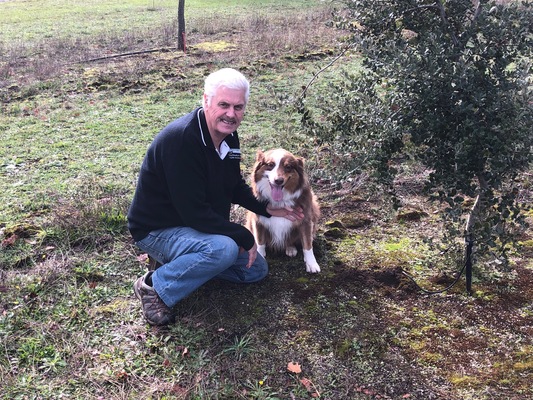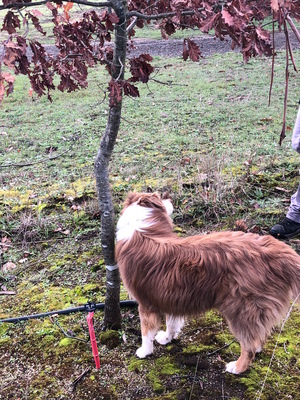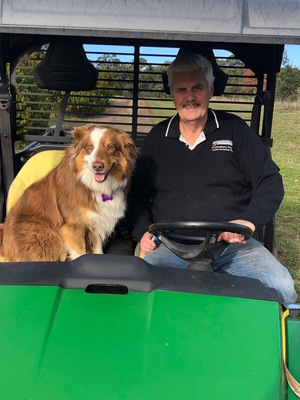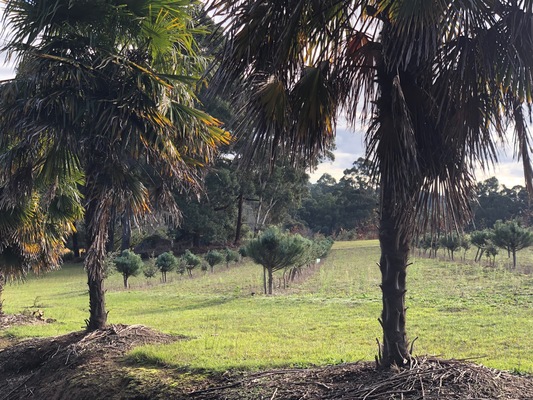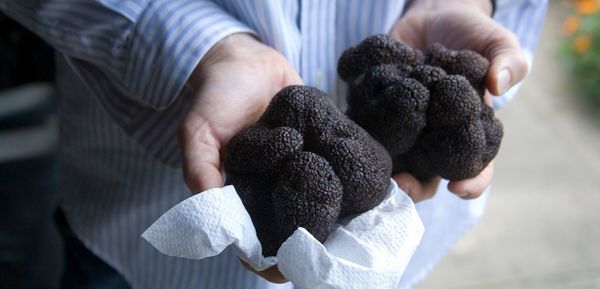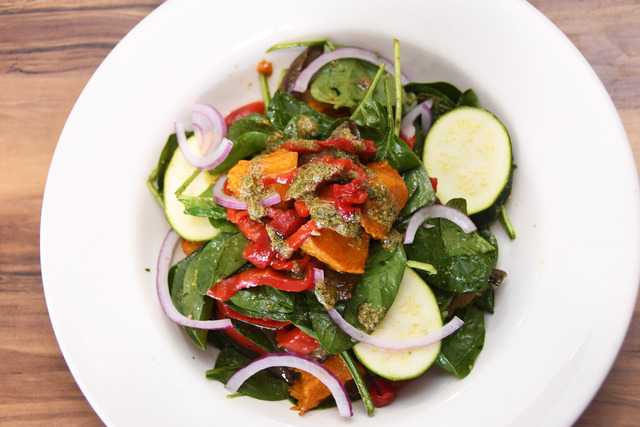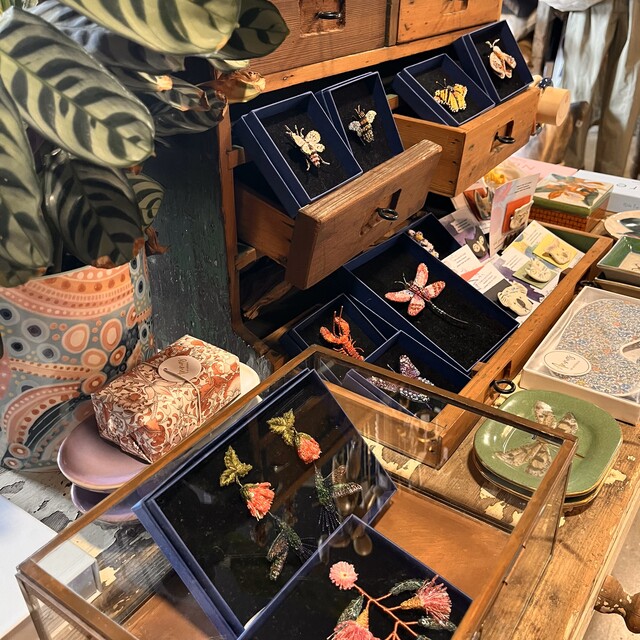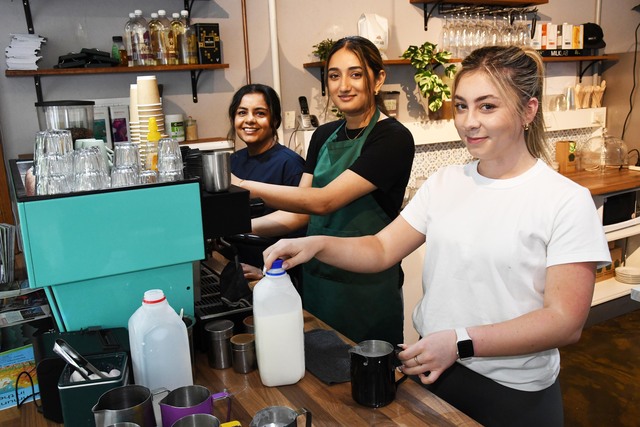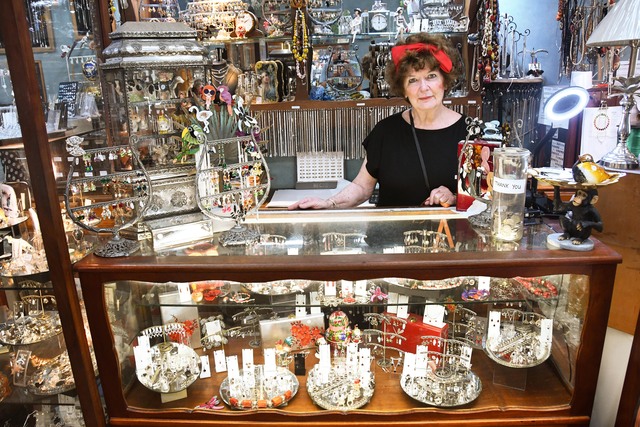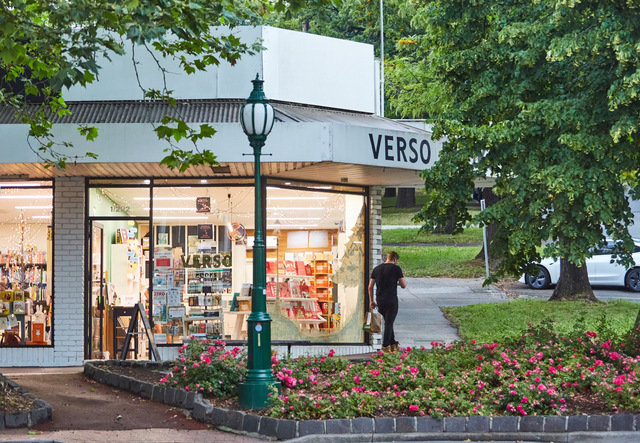Gembrook’s Trufficulture Nurseries is a family affair.
Colin, Jan, Nathan, and Kaitlyn Carter are behind the business that grows and supplies trees inoculated with truffle fungi.
The Carters are extremely passionate about producing consistently excellent truffle-inoculated seedlings for Australian and international growers alike.
The truffle industry is rapidly evolving – so much so that Australia is already the fourth largest producer of truffles in the world.
“In Australia we have old, ancient soils that are naturally low in phosphate and many regions with good draining soils are suitable for truffle production,“ Colin said.
Trufficulture began in Gembrook just over a decade ago, in 2008.
Truffles are the edible, fruiting bodies of a type of subterranean fungus known as mycorrhiza, which forms symbiotic relationships with a host tree – typically oak or hazelnut trees.
Anyone who visits Trufficulture will soon lay eyes on the brilliant Willow – an incredibly intelligent Australian shepherd dog.
“Traditionally, in France they’d use pigs because they naturally hunt truffles in the forest,” Colin said.
“There’s around 40 aromatics in a truffle, and one of those in a fully-ripe truffle mimics the sex pheromone of a pig.
“The French hunters would then strap a rope on a pig and follow the pig around, and that’s how they’d find them.
“These days, dogs can sense truffle but don’t eat it.“
Truffle gets used in a whole range of things, from butter to cheeses, eggs to oil and salami.
“Although it is expensive – $2.50 per gram – 20 grams is $50 and you’d get several meals out of that,“ Colin said.
“It’s a garnish, and it’s the aromatics of it that work so well with all sorts of foods, mainly foods with fat and dairy foods.”
Trufficulture runs seminars on truffles and truffle growing. Visit www.trufficulture.com.au.

